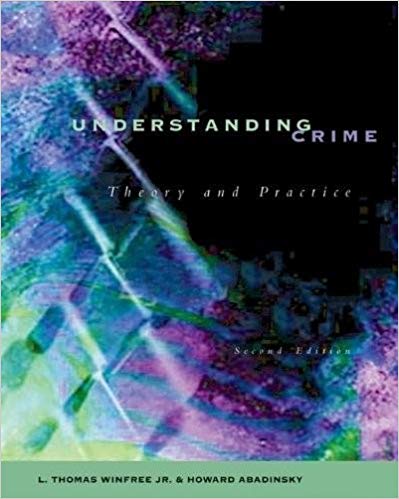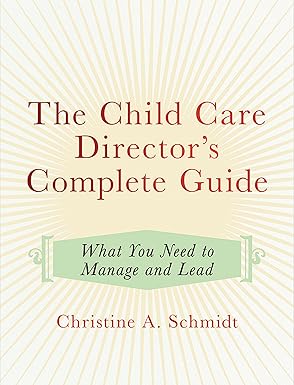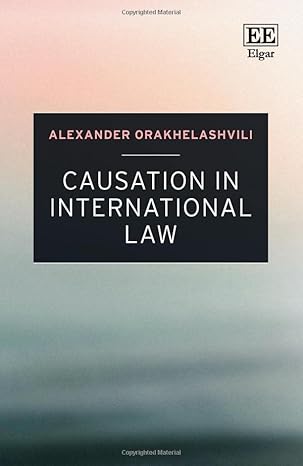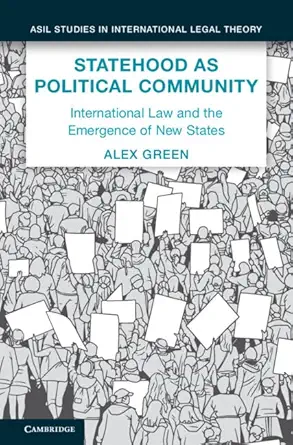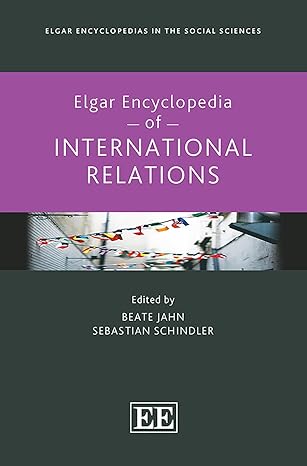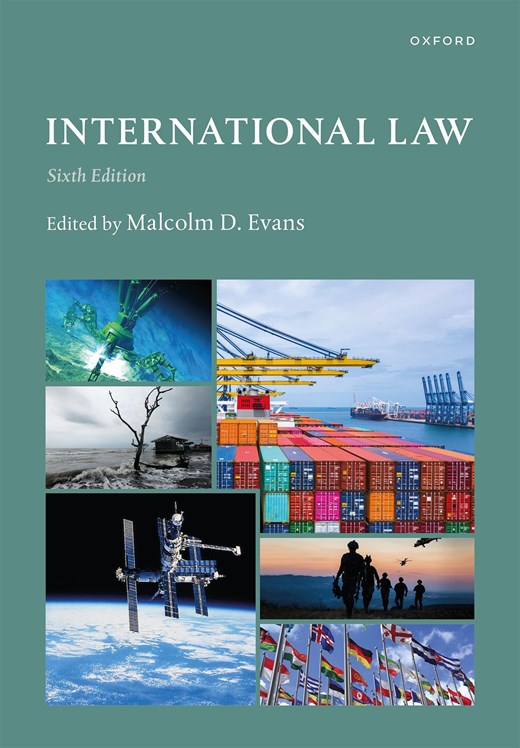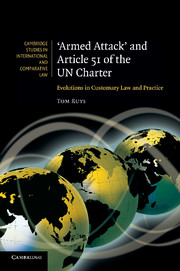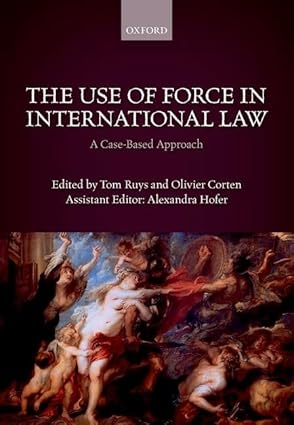Theory is a daunting subject in any academic discipline. Crime theories are
no less challenging, but they should at least be interesting. This book represents
our attempt to compress what are often complex and bewildering
crime theories into a consumable format. The frustrations and satisfactions associated
with teaching this subject led us to prepare this book. We hope that you receive
some positive benefits from our experiences as you learn about crime
theories.
For at least 200 years, students of crime—we call them criminologists today
—
have wondered about the causes of crime and the reasons behind fluctuations in
crime rates. Some of the answers provided in the eighteenth century or earlier
may sound strange, and even laughable, to people living in the twenty-first century.
Others might strike a responsive chord, even with the passage of hundreds
of years. Still others may sound, and are, racist when viewed through the lens of
time. Even more critically, theories that have elicited the wrath of some criminologists
and the support of others were penned not 200 years ago, or 100 years
ago, or even 50 years ago, but late in the twentieth century. All are important, as
they provide the context for how contemporary society views crime and criminals,
and how formal agencies of social control—the police, courts, and corrections—
have responded and continue to respond to both.
We approached these theories, and the theorists behind them, in the following
fashion: In the first chapter we provide the tools you will need to develop a
greater appreciation for crime theories and theorists. For example, we describe
the structure of theory, including the building blocks of theories—their basic assumptions
and assertions. Other topics include the goals and challenges for theories;
the relationships between human nature, government, and public policy: the
nature of crime and laws; and the origins of crime theories. The first chapter also
outlines the organization of this text. A careful review of this chapter will enhance
your understanding of crime theories.
چکیده فارسی
نظریه یک موضوع دلهره آور در هر رشته دانشگاهی است. نظریه های جرم
هستند
کمتر چالش برانگیز نیستند، اما حداقل باید جالب باشند. این کتاب نشان دهنده
است
تلاش ما برای فشرده سازی آنچه اغلب پیچیده و گیج کننده است
تئوری های جرم و جنایت در قالب مصرفی ناامیدی ها و رضایت های مرتبط
با آموزش این موضوع ما را به تهیه این کتاب سوق داد. امیدواریم دریافت کنید
برخی از مزایای مثبت تجربیات ما در هنگام یادگیری جنایت
نظریه ها.
حداقل برای 200 سال، دانشآموزان جنایت - امروزه آنها را جرمشناس مینامیم
—
در مورد علل وقوع جرم و دلایل نوسانات در
تعجب کرده اند
آمار جنایت. برخی از پاسخ های ارائه شده در قرن هجدهم یا قبل از آن
ممکن است برای مردمی که در قرن بیست و یکم زندگی می کنند عجیب و حتی خنده دار به نظر برسد.
برخی دیگر حتی با گذشت صدها نفر ممکن است صدایی پاسخگو داشته باشند
سالها وقتی از دریچه
نگاه کنیم، ممکن است دیگران نیز نژادپرستانه به نظر برسند
زمان. حتی انتقادی تر، نظریه هایی که خشم برخی جرم شناسان را برانگیخته است
و حمایت دیگران نه 200 سال پیش یا 100 سال پیش نوشته شد
پیش، یا حتی 50 سال پیش، اما در اواخر قرن بیستم. همه مهم هستند، به عنوان
آنها زمینه را برای چگونگی نگاه جامعه معاصر به جنایت و جنایتکاران فراهم می کنند،
و چگونه سازمان های رسمی کنترل اجتماعی - پلیس، دادگاه ها، و اصلاحات -
پاسخ داده اند و به هر دو پاسخ می دهند.
در ادامه به این نظریه ها و نظریه پردازان پشت سر آنها پرداختیم
مد: در فصل اول ابزارهایی را که برای توسعه
نیاز دارید ارائه می کنیم
قدردانی بیشتر از نظریه های جنایی و نظریه پردازان. به عنوان مثال، ما
را توصیف می کنیم
ساختار نظریه، از جمله اجزای سازنده نظریه ها - مفروضات اساسی آنها
و ادعاها موضوعات دیگر عبارتند از: اهداف و چالش های نظریه ها؛
روابط بین طبیعت انسانی، حکومت و سیاست عمومی:
ماهیت جرم و قوانین؛ و خاستگاه نظریه های جنایی. فصل اول نیز
سازماندهی این متن را تشریح می کند. بررسی دقیق این فصل باعث پیشرفت
خواهد شد
درک شما از نظریه های جنایی.
ادامه ...
بستن ...
Format: Scannned Pdf + EPUB
ادامه ...
بستن ...
